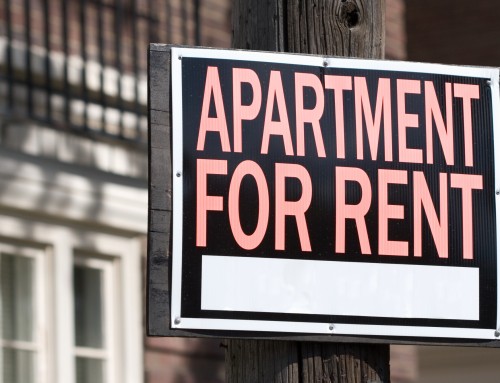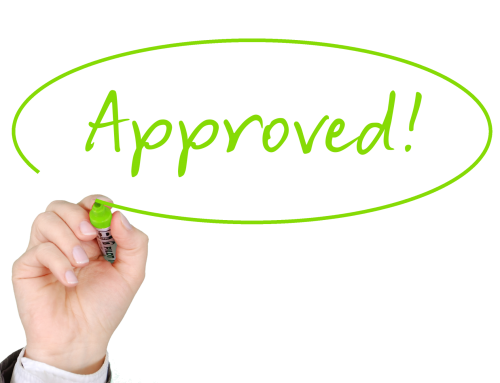Did you know in 2017, there were 76.4 million students enrolled in schools nationwide? And if your child is ready for school, you’ll want to start researching different institutions as soon as possible.
Are you wondering what the difference between private and public schools is? Not to worry! In this guide, we’ll go over the differences between the two.
Let’s jump right in!
The Cost of Tuition
The main difference between a private and public school is the price it costs to attend.
During the 2018-19 school year, the national average cost of a private school was $10,676. The price will increase depending on how competitive it is to attend.
Public schools get funded through state, federal, and local government sources. Some school districts will have fees for school supplies and field trips.
Faith-Based Learning
Some private schools have religious practices as part of their curriculum. For example, at a Catholic school, students attend mass and observe essential holidays. A public school will teach students about religion but not preach any specific message.
Different Curriculum and Assessment
At a public school, the curriculum is decided by state-mandated objectives. Individual districts may have other objectives based on the needs of the community. But a private school can develop and put in place their own curriculum and testing.
Class Sizes Will Vary
Often, we hear about public schools that have overcrowded classrooms. Most states recognize the value of smaller classes and try to keep the class sizes small. Yet, as students get older, the class size increases in public schools.
Most private schools have smaller class sizes. Some private schools will share their student-to-teacher ratio on their website. There may be part-time teachers who work as tutors alongside the full-time teacher.
School Governance
Private schools don’t use public funds. As a result, they won’t have restrictions in their program development. Instead, private schools have the freedom to develop their own curriculum. This independence from the government is often seen as an advantage.
A public school is governed by state, local, and federal laws. These laws will include specific details about program development, funding, and curriculum.
Teaching Licenses
Some private school teachers don’t need a license to teach at their school. However, many private school teachers do have a master level teaching degree.
At a public school, teachers need to meet specific qualifications. These qualifications could include a teaching certificate, Bachelor’s degree, or a Master’s degree.
Admissions Steps
Public schools will accept everyone to their school, but a private school might not. They may have entry tests to assess the student’s abilities before granting admission.
With these things in mind, consider if a private or public school will suit your child. Here, you can learn more about private elementary schools in San Diego.
The Difference Between Private and Public Schools
We hope you found this guide on private and public schools helpful. Now that you know the difference between private and public schools, research schools to find the best fit for your child.
Browse our other helpful resources and bookmark our site so you can return later.











